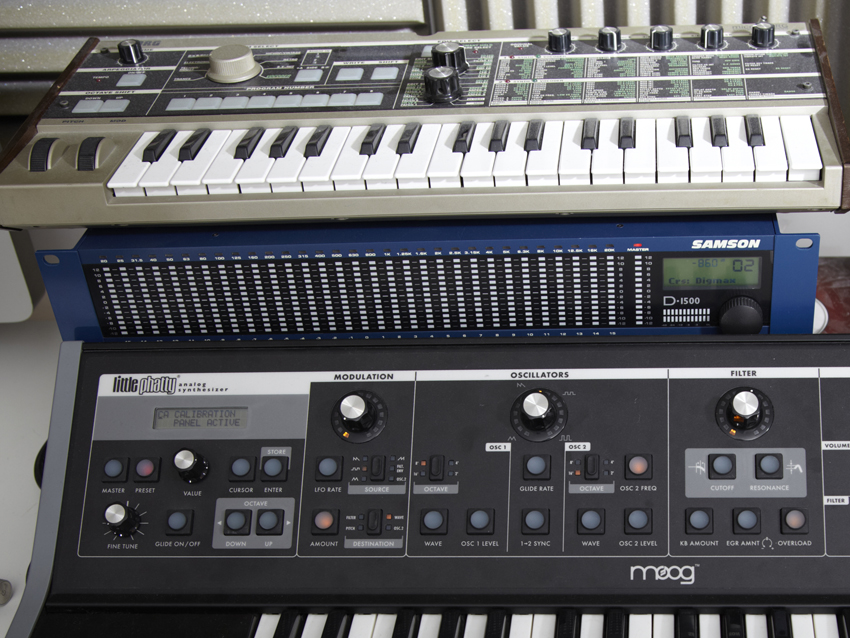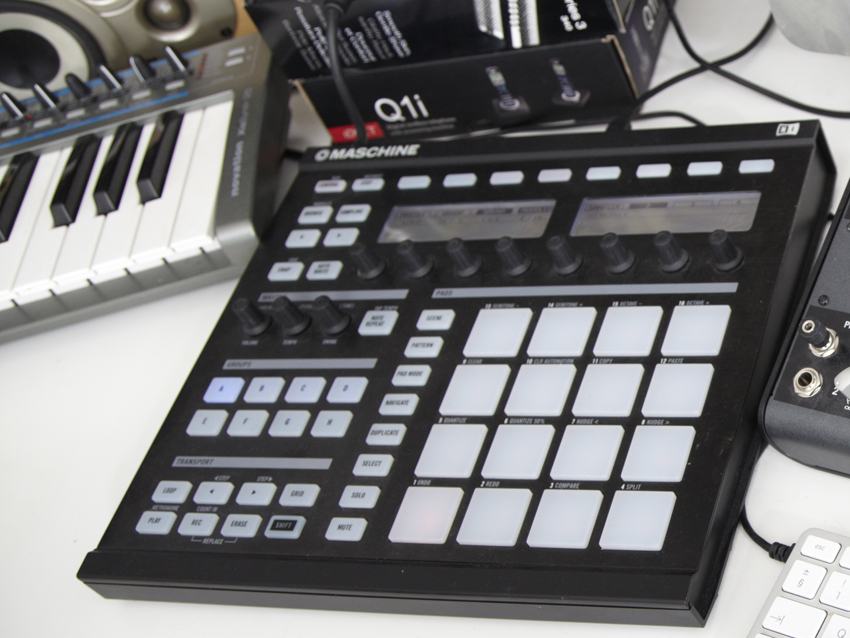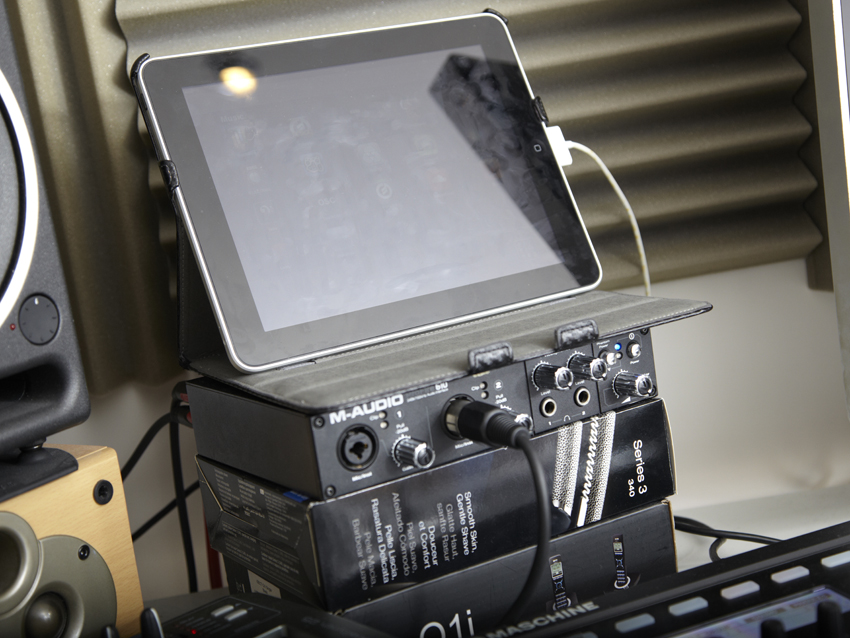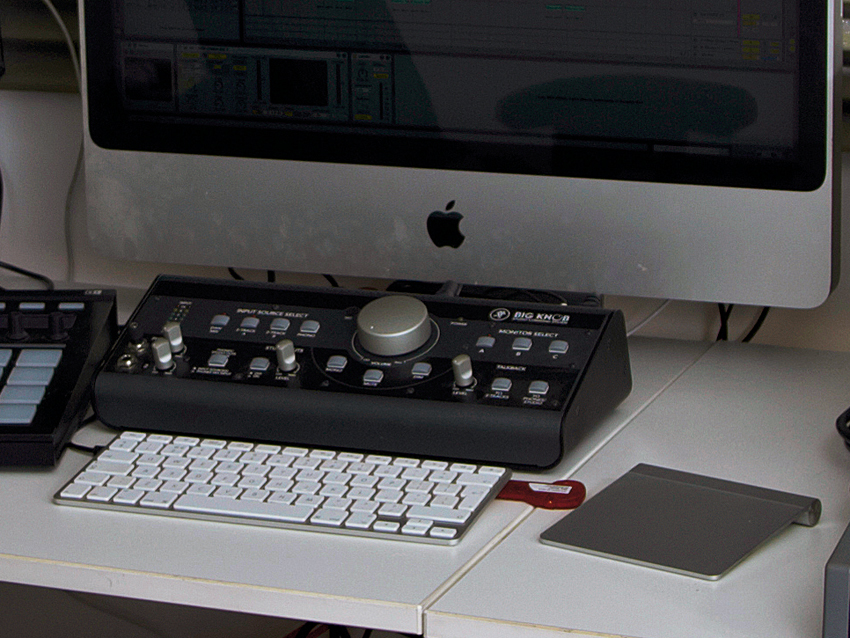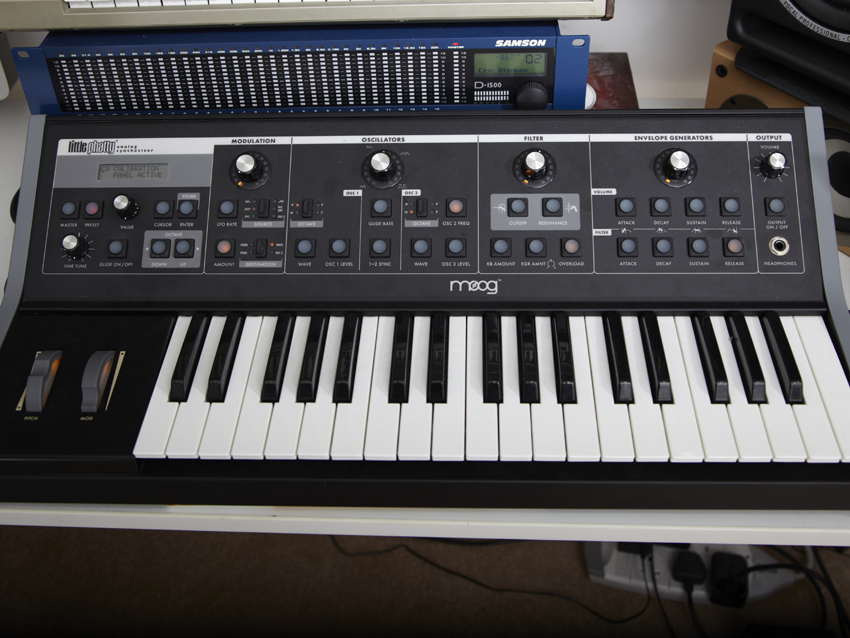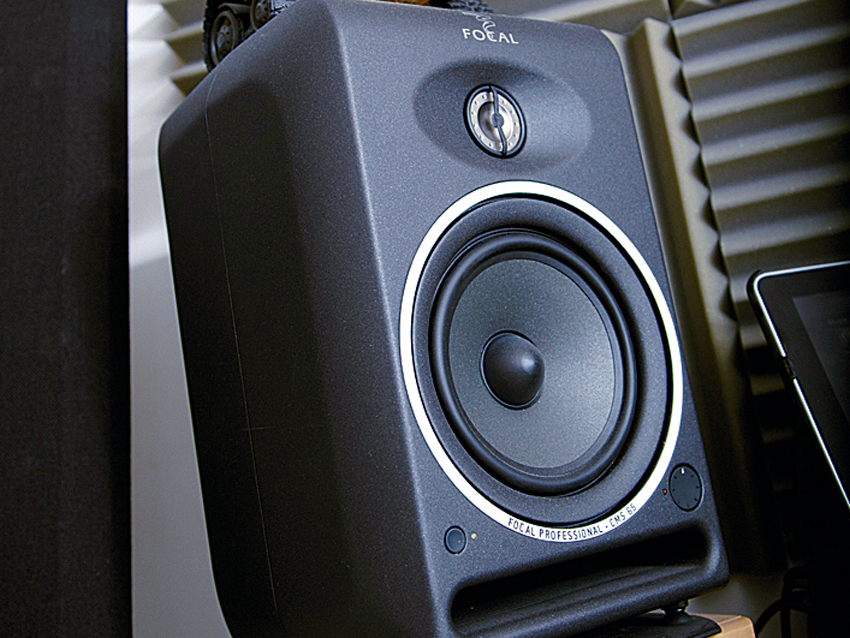In pictures: Dom Kane's Cardiff studio
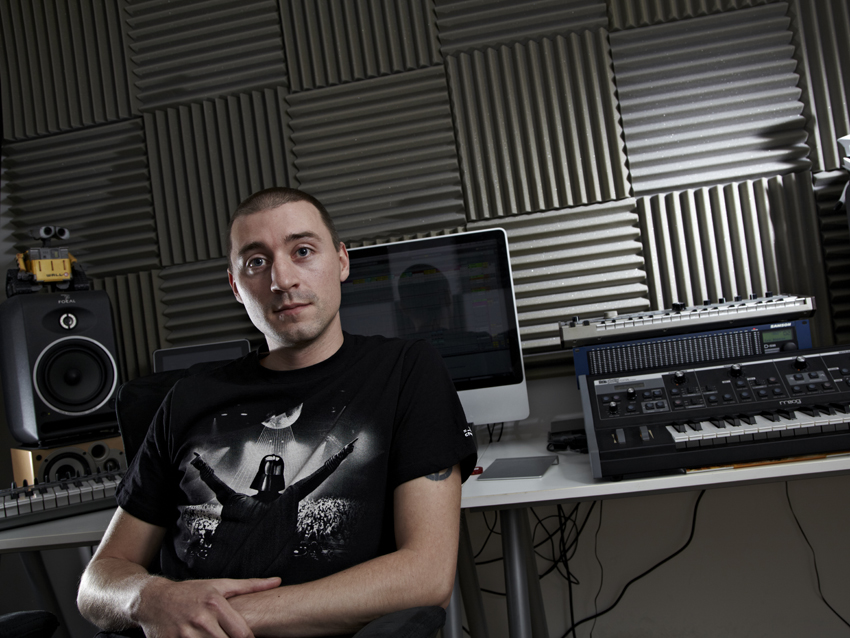
Intro
Since the early ’90s, Dom Kane has been obsessed with music production and DJing. He started out playing illegal raves at the age of 14, and quickly made a name for himself both as a DJ, with a residency at Ministry ofSound, and as a producer – he’s one of the original sample content creators.
Having seen his booth morph from vinyl, through CDJs to laptop DJing, and his studio grow from basic MIDI software to the endless options of Ableton Live, Dom has witnessed 20 years of technical trends. After testing software for FXpansion and Steve Duda, he’s now set up his own sample company and is about to launch his debut album. So, there couldn’t be a better time to have a nosey around his music making facility.
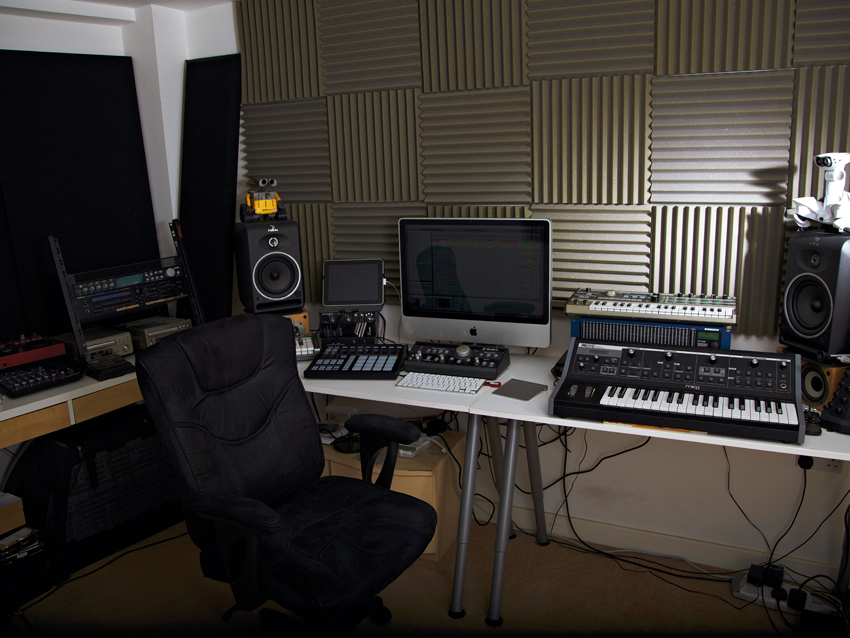
The studio
“Back in the day I used to go to friends’ houses who had small setups. I had my own computer and a couple of bits of software and some MIDI keyboards and Yamaha PSRs, but that was it.
“I always wanted to get into production before I got into DJing, but DJing came first because it was more accessible at the time – you needed some outboard gear, synths, a decent soundcard. There was some basic MIDI arrangement software for computers but it wasn’t until Cubase VST that all of a sudden you could make good quality sounds on a computer.”
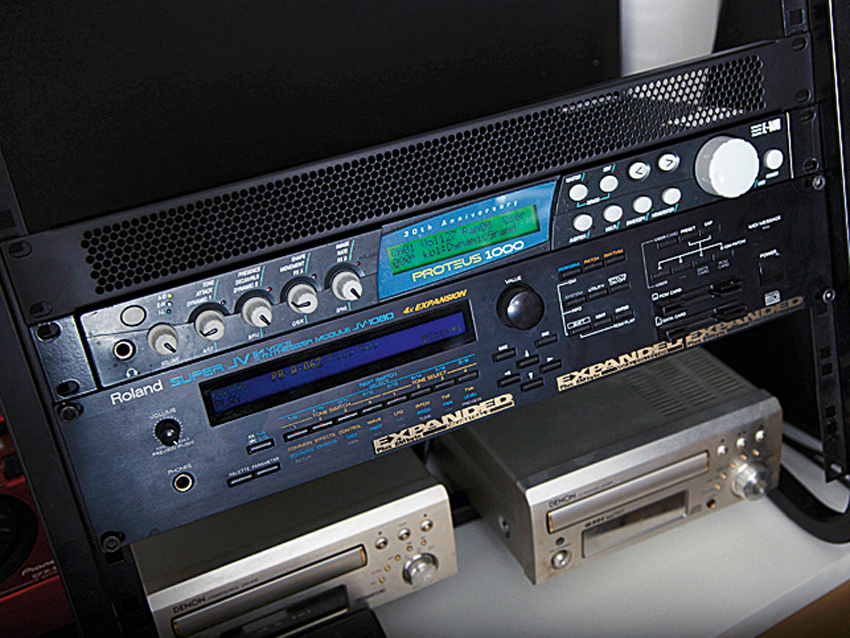
The rack
“The E-MU Proteus 1000 is a classic synth and a stunning bit of kit. It’s the Faithless Insomnia sound, but it’s still really relevant today with the Vintage Expansion pack. The Orchestra Expansion pack is good too.”
“Below that is the Roland JV-1080. This is similar to the E-MU in that they’re both sample-based digital synths, but they give a real classic sound and are fun to play around with.”
Future Music is the number one magazine for today's producers. Packed with technique and technology we'll help you make great new music. All-access artist interviews, in-depth gear reviews, essential production tutorials and much more. Every marvellous monthly edition features reliable reviews of the latest and greatest hardware and software technology and techniques, unparalleled advice, in-depth interviews, sensational free samples and so much more to improve the experience and outcome of your music-making.


